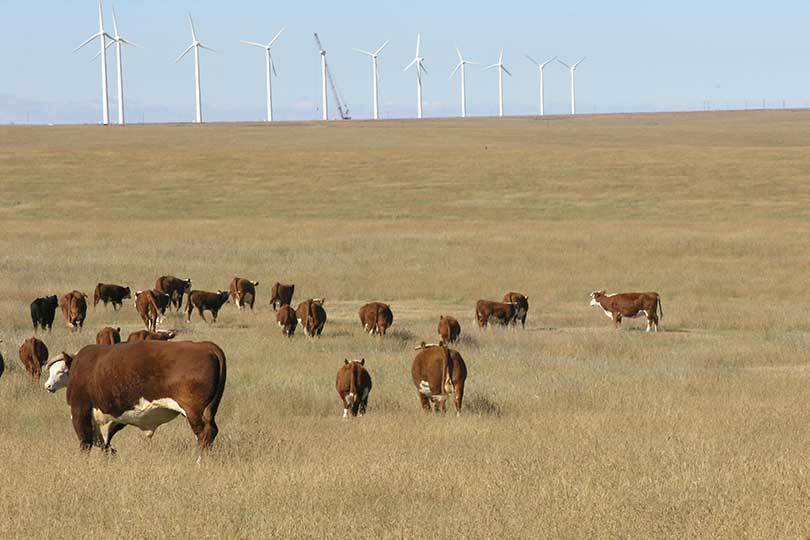Some cattle operations have started treating sick cattle in the field with pneumatic darts or the use of remote drug delivery (RDD). Darts can help ranchers treat cattle in a remote field or when it’s difficult to restrain or pen them. They also provide a way for ranchers to save time from trying to rope or drive animals to a pen.
In the past few years, there has been a rapid growth in their use on ranches. Researchers have been testing the use of pneumatic darts in cattle to evaluate concerns raised on safety, beef quality and the impact darts have on cattle health.
“The use of pneumatic darts for drug delivery has become increasingly popular,” Dr. Bob Judd, host of Texas Vet News on the Texas Farm Bureau (TFB) Radio Network, said. “But Bovine Veterinarian indicates the practice has raised concerns about beef quality assurance due to the potential for improper injections sites, inappropriate doses of antibiotics, injury to animals and broken needles remaining in cattle.”
Judd says due to the increase in use of pneumatic darts, researchers at several universities are studying some of the parameters associated with darting cattle.
“The group of vets at Iowa State used a pneumatic dart to inject 15 Holstein calves weighing between 750 and 900 pounds with an antibiotic from a distance of about 30 feet,” Judd said. “The dart remained in the animal for 1 hour and multiple tests were performed on the animals. Results indicated that four of the 15 darts did not properly inject the medication as the explosive cap in the dart did not fire to inject the medication,” Judd said.
He noted the calves with darts that did inject medication had increased muscle enzymes, indicating muscle damage due mostly to medication and not due to the dart.
He said analysis of the animals revealed some of the calves received injection under the skin while others entered the muscle and caused damage to the meat.
“The variability of injection has an effect on the animal’s response as some antibiotics should be given under the skin only for correct absorption,” Judd said. “Also, if the antibiotics are given in the incorrect tissue, the withdrawal time could be affected.”
The tests also showed 25 percent of the darts did not inject the medication in these trials, so it’s impossible for ranchers to really know if the antibiotic dart actually injected the medication in the calf.
Judd’s program can be heard daily online and on TFB Radio Network affiliate stations.

